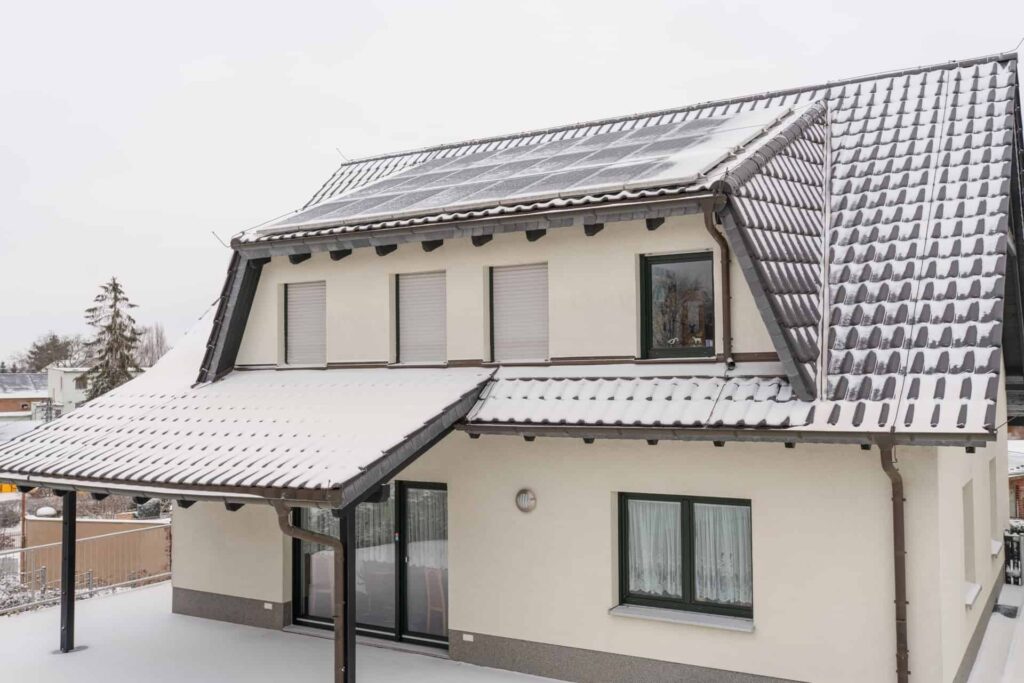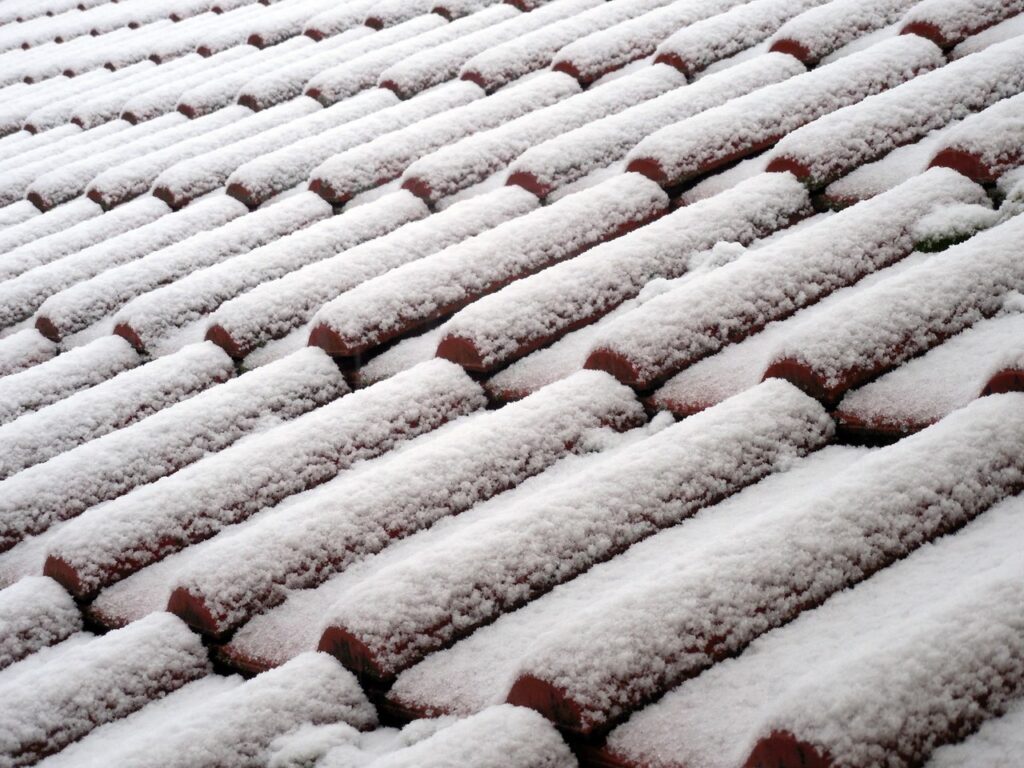A winter roof inspection is crucial to ensure that your roof is prepared to withstand the challenges posed by cold weather, snow, ice, and freezing temperatures. When it’s time for your roof inspection, call the experts at Tatum Legacy first. We deliver professional service for any type of roofing system, from shingle roofing to metal roofs.
A Winter Roof Inspection Should Include:
- Inspection of Shingles and Tiles: Check for any damaged, cracked, or missing shingles or tiles. Damaged roofing materials can lead to leaks and water infiltration, which is especially problematic during winter when melting snow can exacerbate the issue.
- Flashing Examination: Inspect the flashing around chimneys, vents, skylights, and other roof penetrations. Ensure that the flashing is properly sealed and in good condition to prevent water from entering the roof system.
- Gutter and Downspout Inspection: Clean out gutters and downspouts to prevent clogs that can lead to ice dams and water backup. Make sure they are securely attached to the roof edge and properly directing water away from the foundation.

- Attic Inspection: Check the attic for proper insulation and ventilation. Proper ventilation prevents the buildup of moisture and helps prevent ice dams. Adequate insulation maintains a consistent indoor temperature and prevents heat from escaping, which can contribute to ice dam formation.
- Ice Dam Assessment: Look for signs of ice dams along the eaves of the roof. Ice dams can cause water to back up under the roof, leading to leaks and potential structural damage.
- Roof Surface Debris: Clear any debris, leaves, or branches from the roof surface. This debris can trap moisture, freeze, and cause damage to the roofing materials.
- Sealant Inspection: Inspect sealants around vents, chimneys, skylights, and other roof penetrations. Ensure that they are in good condition to prevent water infiltration.
- Tree Branches: Trim back any overhanging tree branches that could potentially fall onto the roof under the weight of snow or ice.
- Check for Signs of Water Leakage: Inspect the interior of your home for signs of water leaks, such as water stains, discoloration, or peeling paint on ceilings and walls.
- Professional Inspection: If you’re not comfortable conducting a roof evaluation yourself, consider hiring a professional roofing contractor to perform a thorough inspection. They have the expertise to identify potential issues and provide recommendations for repairs or maintenance.
- Document Findings: Take photos and notes of any issues you discover during the evaluation. This documentation can be useful when discussing repairs with a roofing professional.

Your Burleson Roofing Experts
Regular winter roof evaluations are essential to address potential problems before they worsen and to ensure that your roof remains in good condition throughout the colder months. If you identify any issues during the evaluation, it’s important to address them promptly to prevent further damage and maintain the integrity of your roof.

